I do a brief demonstration with my kids of how the earth rotates on its axis to create night and day, how the Earth orbits the sun over the course of the year, and how the moon orbits the Earth, creating the phases of the moon.
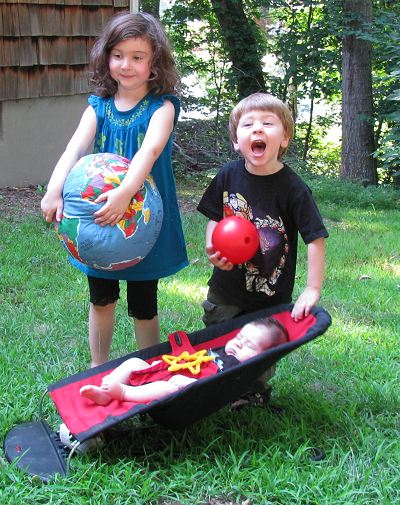
My youngest son got to be the Sun, since babies are at the center of attention and he did not need to move for this role.
Sometimes, I use a flashlight to represent the sun so the children can see how the light shines on the Earth and the Moon to create day and night, the seasons, and the phases of the moon.
We start with the sun. Technically the sun does move through the universe but for our purposes it is easier to say it is stationary, since all the planets in the solar system move around the sun.
Then we add in the Earth. My daughter already knows that the Earth rotates on its axis once each “day”. If your hemisphere faces the sun, it is day. When your hemisphere turns away from the sun, it is night.
While the Earth spins on its axis, it also orbits the sun. It takes 365.25 days (a year) for the Earth to complete its orbit around the sun.
With slightly older children, you can also “tilt” the Earth on its axis and show how at one point in its orbit, the Northern Hemisphere is closer to the sun and then at another point, it is farther, creating the seasons.
Finally, we add in the moon to orbit around the Earth. As the Earth spins, the moon appears to rise and set. In reality, the Moon takes about 28 days (27.3) to orbit the Earth.
The Moon’s relative position to the Sun and Earth create the phases of the moon.
You can then show the children this animation:
Older students will get more details from this illustrated lecture about the Earth’s rotation, the orbits of the Earth and the Moon, and the tilt of Earth’s axis.
—
This post is part of the Smart Summer Challenge–we’re encouraging you to beat the summer vacation slide with fun, everyday learning activities! You can take just 10 minutes a day to find the educational opportunities all around us or get as elaborate as you like! Whatever you do, we invite you to share your experiences each week in our linky, which goes up every Friday during the challenge and stays open through Thursday.
Find out more about the Smart Summer Challenge and grab our free calendar of summer learning ideas, and “like” the Smart Summer Challenge page on Facebook.
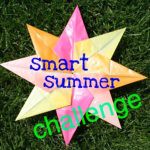
Find more great ideas from your hostesses, Candace of Naturally Educational (that’s me!), Amy of TeachMama.com, and MaryLea of Pink and Green Mama!
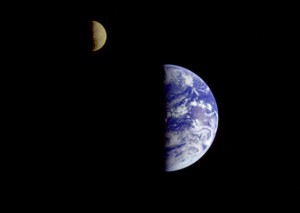
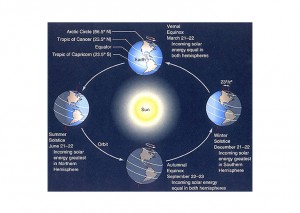
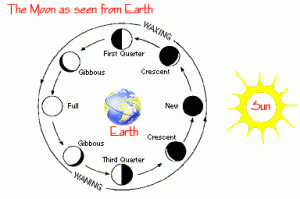
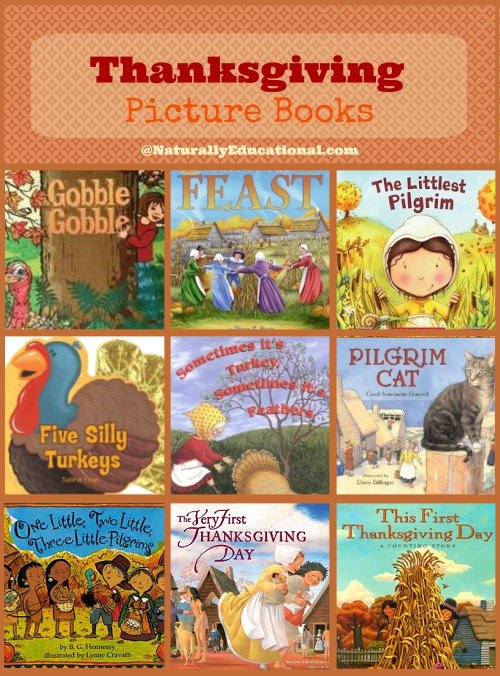

This is a great idea–My one-year old isn’t like to sit still in the middle but she’s quite the firecracker! 🙂 I love your timing here since we’re focussing on outer space this and next week!
Interesting article, I never thought of these ideas!
Good day, i have faith that i personally spotted you actually been to my website hence we found give back your favour? . We’re looking to locating concerns to increase this site! Perhaps its sufficiently good to try a handful of your own concepts!